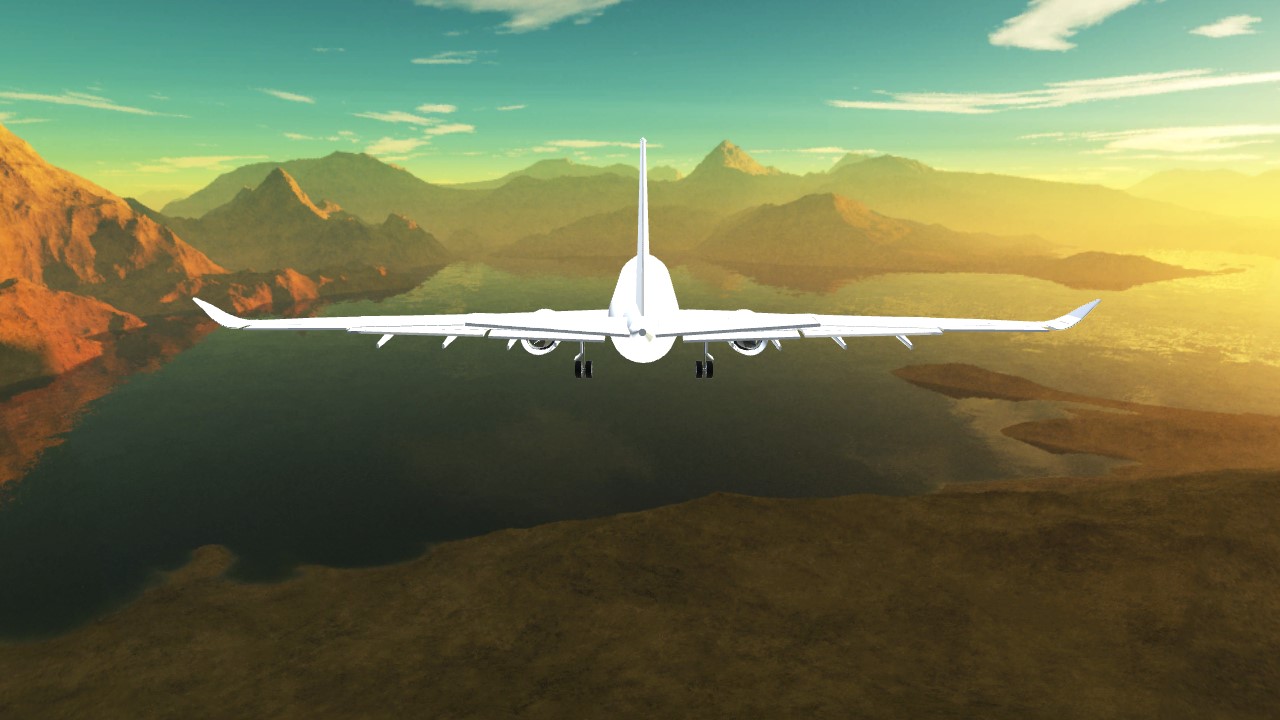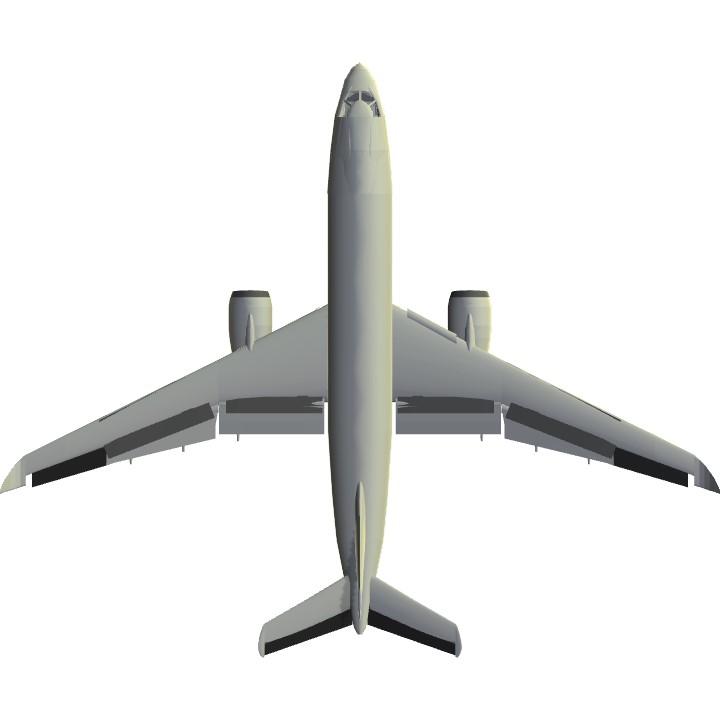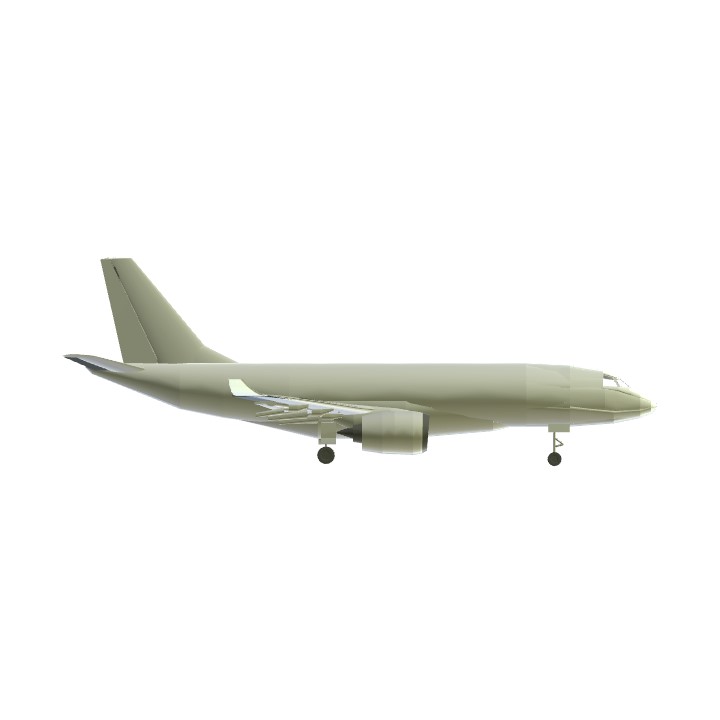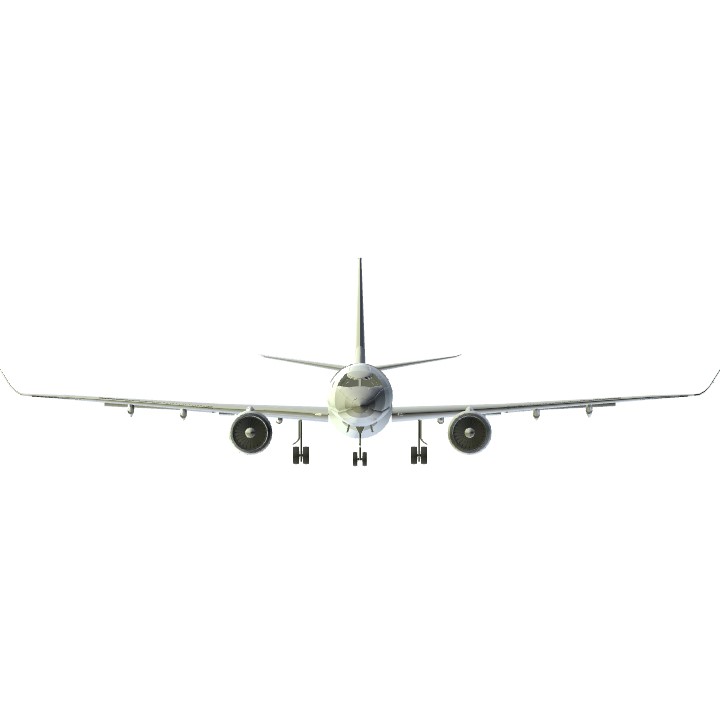I’m back! This is a replica of the Bombardier CSeries 100 or CS100. The CSeries from Bombardier, now the A220 Series from Airbus, is a series of ETOPS approved, short-to-medium range narrowbody regional aircraft whose development started in 2007, whose production started in 2012 and made it's maiden flight in 2013. The CSeries is formed by the CS100 and CS300 planes. In 2007, Bombardier wanted to make a plane who was both larger and more efficient than their CRJ Series of aircraft to fit between the CRJs and the 737s and A320s. The CSeries takes advantage of composite construction, advanced aerodynamics and high-bypass engines, making them one of the most efficient small aircraft series on the market. The planes took their first flights in the 16th of September 2013. Bombardier planned for their new aircraft to enter commercial service in 2014, but, while doing routine testing in the ground around Mirabel Airport & Manufacturing Base, one of the test aircraft suffered an uncontained engine failure, thus delaying the development of the aircraft and preventing Bombardier from exibiting the CSeries on the 2014 Farnborough Airshow. In 2015, the program was almost out of money - if it wasn't for the financial support from the governments of Canada and Quebec, there wouldn't be a CSeries and a Bombardier today. In June of 2016, the CSeries entered service with SWISS Airlines. Bombardier expected orders from American Carriers - because, without them, the program would not be profitable. So, in 2017, they allegedly sold 75 to Delta for only 20 Million USD, a quarter of the official 80 Million USD list price, in a practice known as dumping. The cost of making a CSeries plane is around 30 Million USD. Predatory pricing techniques are illegal in the USA and many other countries. Boeing filed a dumping petition against Bombardier with the US Department of Commerce, but Boeing doesn’t have a plane the size of the CSeries planes, be it the CS100 or the CS300. Boeing says that the dumping will curtail the sales of their 737-700, but Delta said that they don't want 737s. The 737 and the CS100/CS300 are fundamentally different planes - the CSeries planes are smaller, have better range, are more efficient and can take off and land on shorter runways. Boeing claimed that Bombardier recieved subsidies that allow for the below-market pricing, but the money Bombardier recieved from the governments of Canada and Quebec came in either exchange for ownership of the program or in the form of interest-free loans that will be paid back. Nonetheless, Boeing asked the US Dept. of Commerce to impose an 80% tariff on the CSeries planes, but they placed with a 300% tariff on all CSeries aircraft. With a tariff that high, it would never be both competitive and profitable in the crucial US market. But, then, Airbus stepped in. On 16th of October 2017, the two companies announced that Airbus would acquire a 50,01% stake in the CSeries Program. Bombardier just gave the stake away for free, but the reason this is so great for them is, for one, Airbus is a marketing and sales powerhouse. Their resources far outstrip those of Bombardier and they will be able to sell more planes than Bombardier could ever dream of. On the other hand, as the CSeries doesn't overlap with any Airbus plane in regards of size, Airbus gains a new, modern airliner that allows airlines to have a truly Airbus-only fleet. But the real reason Bombardier partnered up with Airbus is because of this: Airbus' final assmebly line in Mobile, Alabama. By assembling the CSeries planes in the US makes them essentially American airplane, wich won't make them susceptible to US Import Tariffs. For more information, check this video on YouTube: "The Little Plane War". The controls are: Pitch - Pitch; Roll - Roll; Yaw - Turns the nose landing gear's wheels; VTOL - Flaps. Have fun flying!
Specifications
General Characteristics
- Successors 1 airplane(s) +7 bonus
- Created On Windows
- Wingspan 134.7ft (41.0m)
- Length 111.4ft (33.9m)
- Height 39.7ft (12.1m)
- Empty Weight 61,630lbs (27,955kg)
- Loaded Weight 83,306lbs (37,787kg)
Performance
- Power/Weight Ratio 1.618
- Wing Loading 57.4lbs/ft2 (280.4kg/m2)
- Wing Area 1,450.6ft2 (134.8m2)
- Drag Points 48223
Parts
- Number of Parts 267
- Control Surfaces 4
- Performance Cost 1,296






